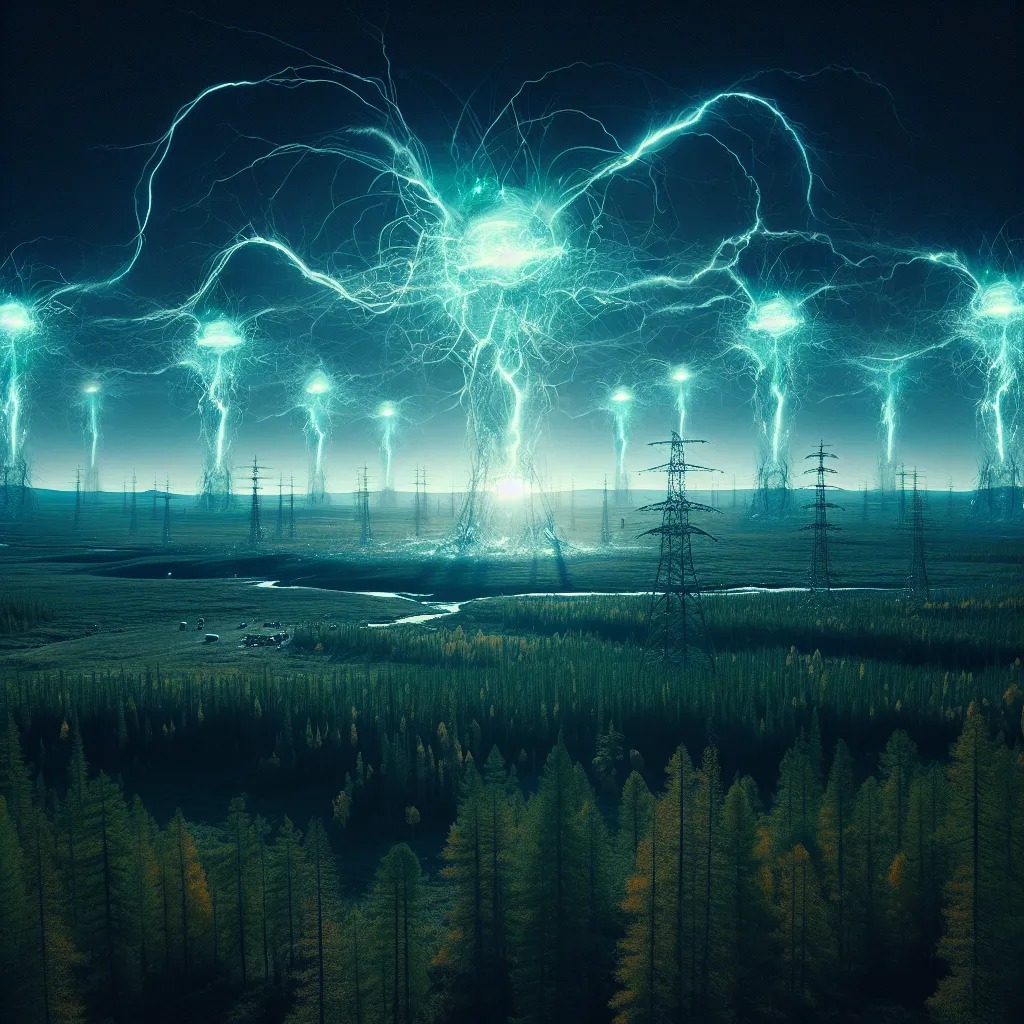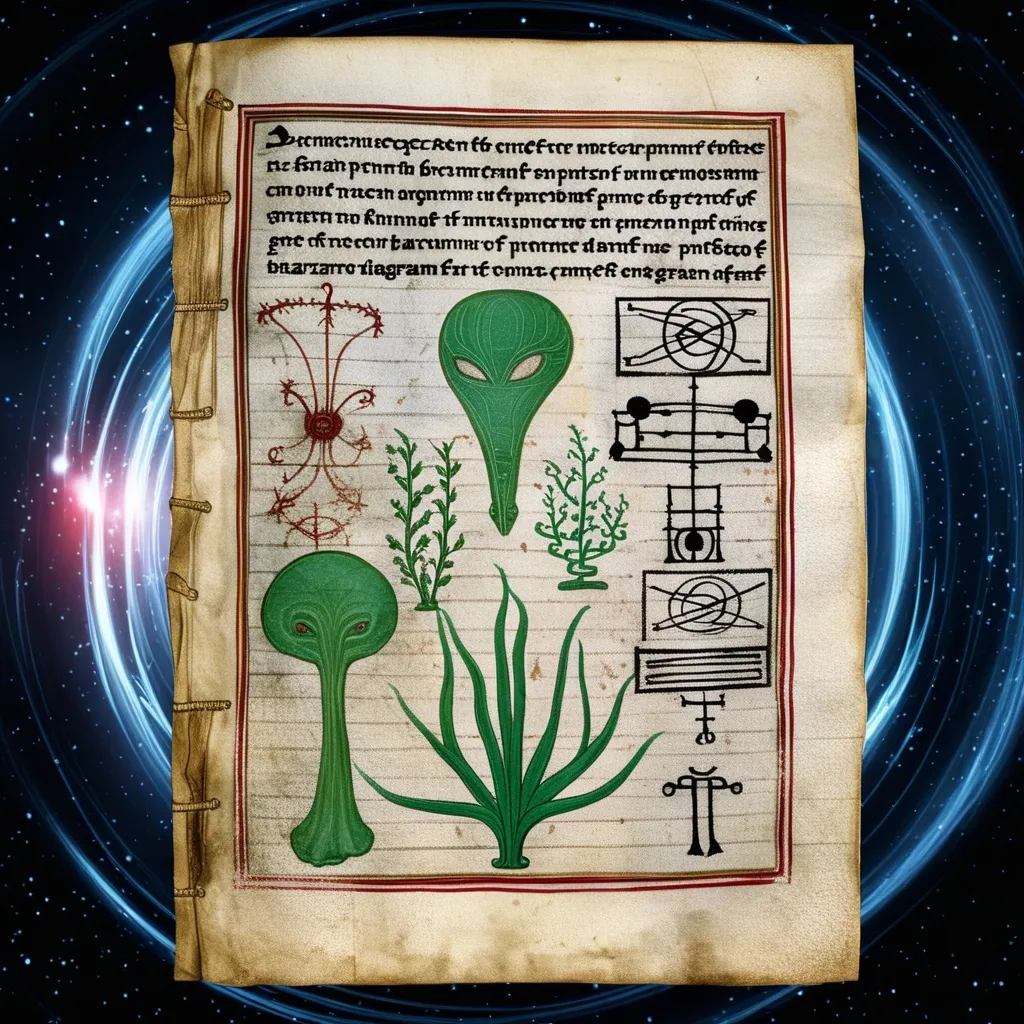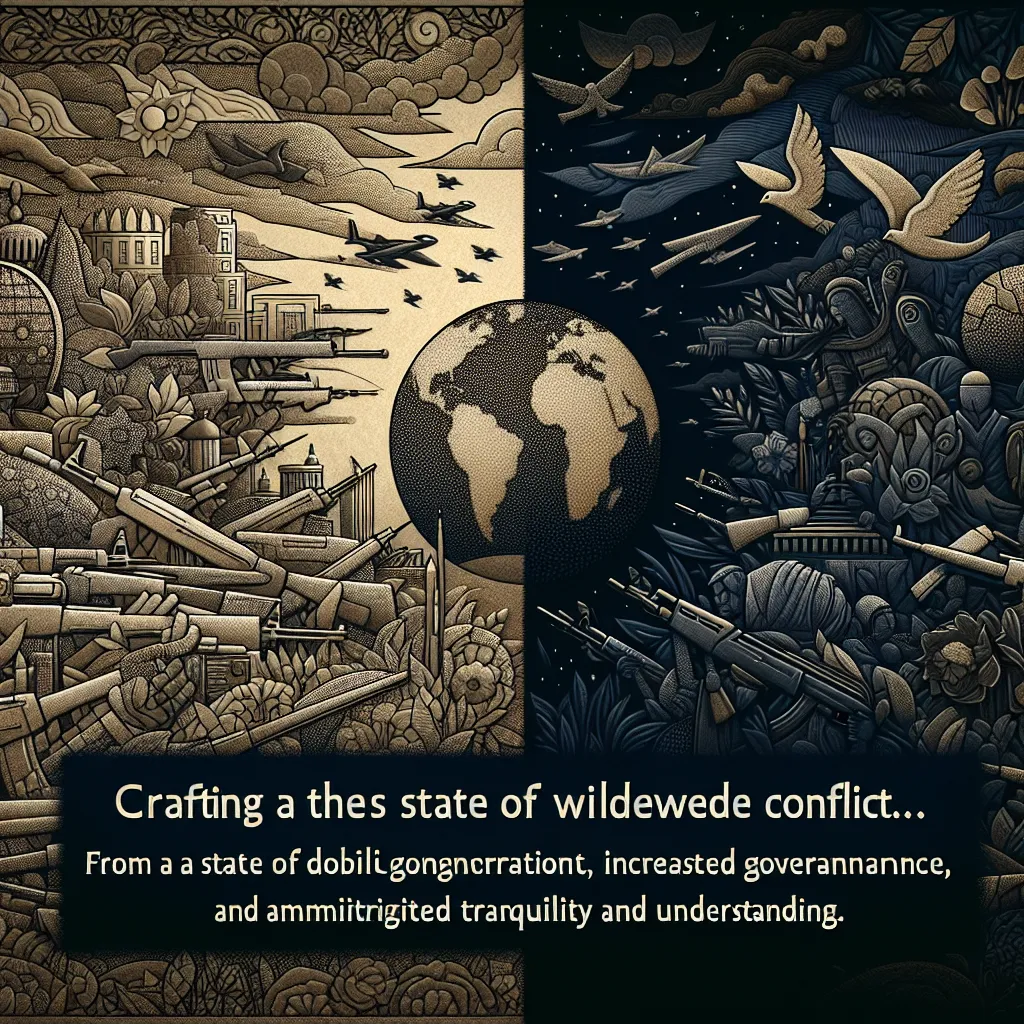Everything shifted dramatically when the slaver nation attacked. What was once a bustling colony transformed into a captured land, where slaves toil away for their new masters until they perish, only to be replaced by new victims taken in brutal raids. But let’s rewind to the beginning.
In the ruthless world of ants, war affects millions every day. Some fifty ant species practice a brutal form of slavery, representing the most extreme division of labor. We don’t know how this started, but some ants perfected this cruel trade. Meet Polyergus, the most intense of the slaver ant tribes. These ants, ranging from 4 to 10 mm long with brown to blackish bodies and sickle-shaped mandibles, have specialized in slavery to the point where they can’t even care for themselves. They don’t clean, build nests, care for their brood, or feed themselves—they solely exist for raiding.
Polyergus colonies are largely made up of slave ants, which comprise 82 to 90% of their population. A few hundred Polyergus ants and a single queen control thousands of these slaves. Curious about how this all unfolds? Let’s witness the brutal reality of nature.
The story kicks off on a mild summer morning, in a sunny field home to a thriving Formica ant colony, genetically cousins of Polyergus. These Formica ants are great builders, fighters, and sometimes even cattle farmers, often welcomed by humans for their role in hunting forest pests.
No one notices the lone Polyergus scout that briefly shows up only to dart away again. By early afternoon, the attack is on. The scout returns, spreading pheromones that rile up and recruit hundreds of warrior ants. A tight, organized column up to 10 meters long starts to move.
The raid begins swiftly upon arrival at the Formica colony. Dozens of attackers clear the nest entrance, making it easier to storm. Hundreds of Polyergus ants rush inside, vastly outnumbered by the defending Formica ants, who are formidable fighters capable of spraying acid. However, the defenders scatter in confusion instead of mounting an effective defense. One theory suggests that Polyergus releases a propaganda pheromone, causing the defenders to panic.
The attackers quickly make their way deep into the colony to seize the most valuable prize: the pupae and larvae. Hundreds are abducted and brought back to the Polyergus colony. Most will be turned into slaves, though a few are snacked on along the way. Within about an hour, the raid concludes, and the Formica can begin to recover. Their only strategy seems to be to produce more ants.
But how do Polyergus turn these captured ants into slaves? Ants communicate primarily through chemical signals, and it’s this communication that Polyergus manipulates. Shortly after being captured, the Formica offspring are covered in Polyergus pheromones, chemically imprinting them to the new colony similar to a duckling bonding with its mother. Once hatched, these enslaved ants work as though they are part of the Polyergus colony, showing no interest in escaping and even treating free Formica ants as enemies.
Polyergus can never stop raiding since the enslaved ants live only for a few months. But how are new Polyergus colonies formed?
New queens have two main strategies. One follows the raiding party, using the invasion chaos to locate and kill the Formica queen, thereby taking control of the colony. This method is risky, as queens need to defeat all others in the colony.
Another queen may attack a Formica colony far from her birthplace, releasing an appeasement pheromone that drives defenders away and then engaging the Formica queen in a deadly battle. If victorious, she takes over the colony, laying her eggs cared for by the remaining slave ants.
The war of the ants rages on beneath our feet, with wild and horrifying strategies playing out daily. Polyergus continues their relentless hunt for slaves, for stopping would mean their end. In this world of ants, there is no giving up.






